Deck & Commander Strategies
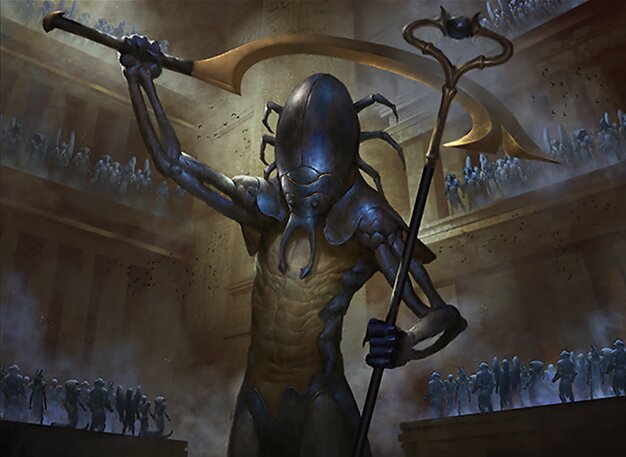
The Scarab God
Leverages zombie tribal synergies, incremental zombie token generation via commander triggers, milling opponents, and reanimating powerful creatures from graveyards to control the board and win through attrition and commander damage.
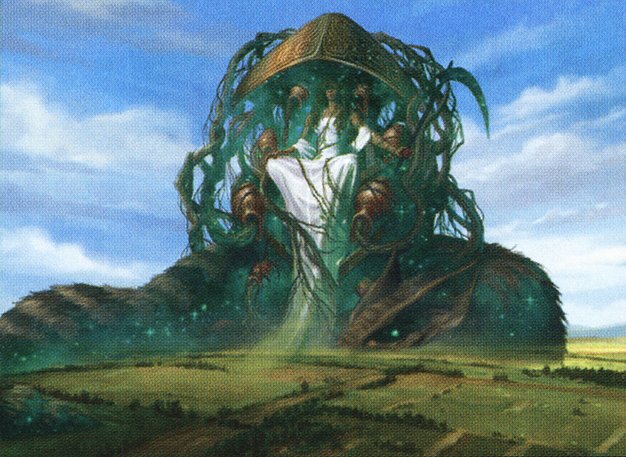
Karametra, God of Harvests
Focuses on ramping mana quickly to cast large, often indestructible celestial creatures, while gaining life and generating value from enchantments like True Conviction and Primeval Bounty to overwhelm opponents.
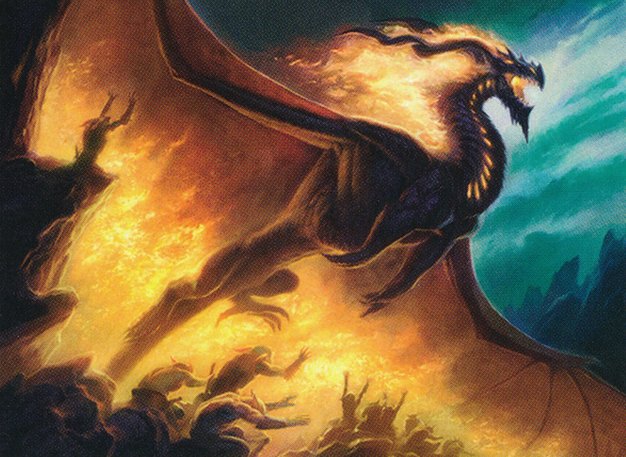
Prossh, Skyraider of Kher
Ramp-heavy strategy creating multiple Kobold tokens that synergize with sacrifice outlets and anthem effects like Beastmaster Ascension to deal massive damage through combat and board-wide buffs.
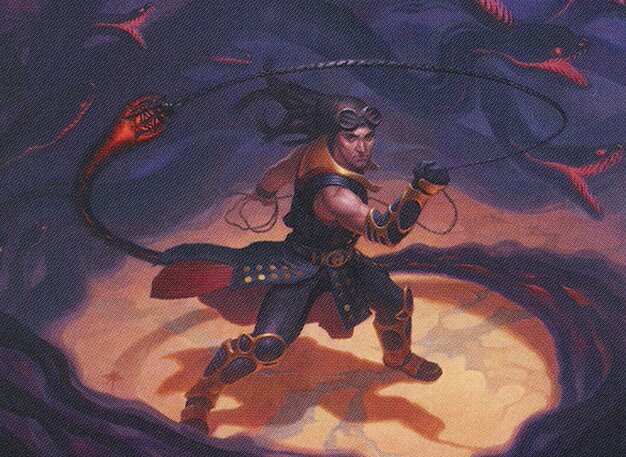
Chainer, Nightmare Adept
Utilizes reanimation spells such as Living Death to reset the board and refill hands with creatures, combining creature recursion with aggressive combat and discard disruption to maintain tempo.
Gameplay Insights
- 1
The Scarab God player used the commander’s undying ability to maintain board presence after a board wipe and maximize value from graveyard interactions.
- 2
Karametra’s synergy between ramp, enchantments, and large creatures created a resilient and threatening board state that was difficult to remove.
- 3
Prossh’s token production was slightly miscalculated at one point, missing an extra token due to interaction with Rustic Study tax but still maintained pressure.
- 4
Chainer’s Living Death was a pivotal moment reshaping the board and forcing players to adapt quickly to new threats and board states.
- 5
The use of Ugin, the Ineffable to remove major threats like Blightsteel Colossus showcased efficient planeswalker interaction to control the board.
- 6
Players carefully chose combat damage assignments to maximize commander damage and force unfavorable blocks for opponents, leveraging lifelink and token synergies.
Notable Cards
-

Blasphemous Act
-

Living Death
-

Blightsteel Colossus
-
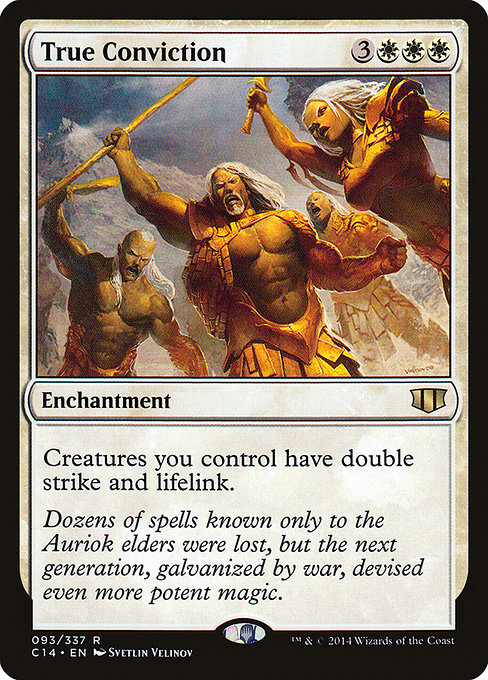
True Conviction
-
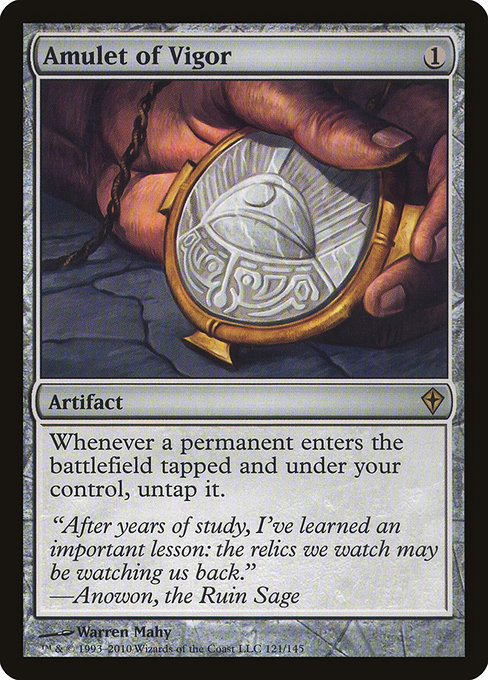
Amulet of Vigor
-

Ugin, the Ineffable
-
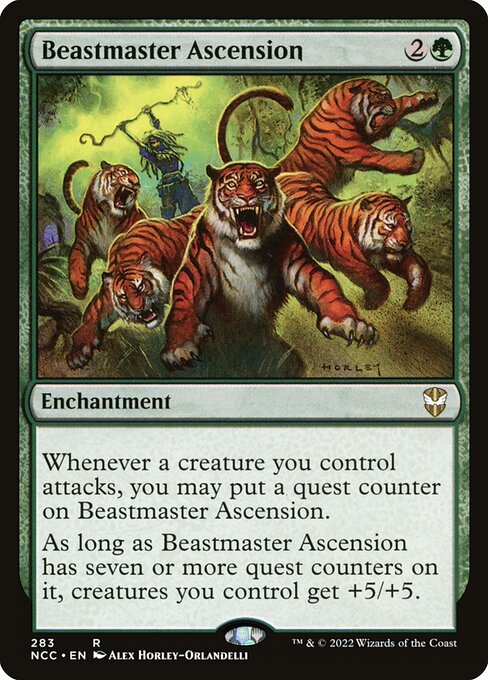
Beastmaster Ascension
-
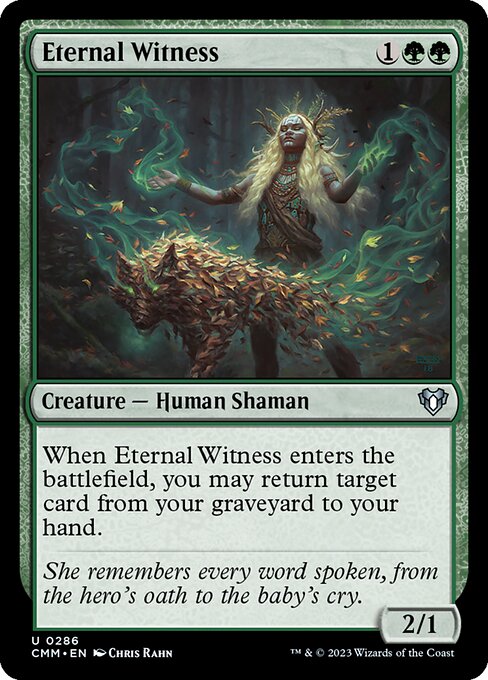
Eternal Witness
-
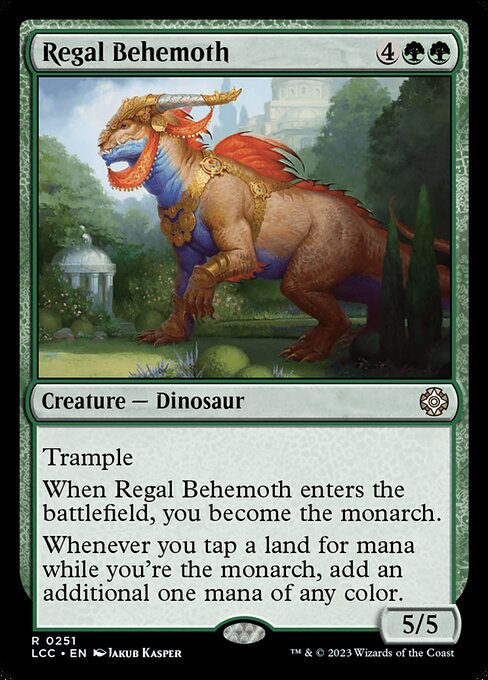
Regal Behemoth
Gameplay Summary
The game featured a competitive four-player Commander match with The Scarab God, Karametra, God of Harvests, Prossh, Skyraider of Kher, and Chainer, Nightmare Adept.
Early turns focused on ramping mana and establishing board presence.
The Scarab God player used efficient zombie token generation and reanimation to apply pressure while leveraging the commander’s powerful upkeep triggers.
Karametra’s player ramped into large celestial creatures and utilized synergy with enchantments like True Conviction and Amulet of Vigor to gain life and board advantage.
Prossh generated a swarm of tokens to overwhelm opponents, using sacrifice outlets and anthem effects to boost damage.
Chainer focused on reanimation spells and creature recursion, notably using Living Death to reset the board and refill hands with creatures, creating chaotic board states. Key turning points included a well-timed Blasphemous Act that wiped the board, followed by Living Death that reshaped the battlefield by returning creatures from graveyards.
The Scarab God’s player was able to capitalize on these spells by eternalizing creatures and using powerful planeswalkers like Ugin to control the board.
Meanwhile, Karametra developed a strong board with Blightsteel Colossus and other large threats boosted by enchantments.
Prossh’s token army and Chainer’s reanimation combos continuously threatened all players, leading to multiple aggressive combat phases.
The game’s tempo swings revolved around board wipes, token production, and commander damage, with players jockeying for control and value from graveyards.
The Scarab God’s combination of milling, reanimation, and incremental zombie token pressure proved to be a formidable engine throughout the match.





















![Commander VS S1E4: Prossh vs Derevi vs Karador vs Scion [MTG Multiplayer] thumbnail](https://i.ytimg.com/vi/qKq_zjLSJU8/sddefault.jpg)
![Commander Versus Series: Mimeoplasm v. Melek v. Maelstrom Wanderer v. Prossh [MTG Multiplayer] thumbnail](https://i.ytimg.com/vi/H3JROxdcaPo/sddefault.jpg)
















![Jhoira vs Gavi vs Animar vs Karametra [EDH/Commander, Magic The Gathering Gameplay] 2021 thumbnail](https://i.ytimg.com/vi/xPfeMJLmgr8/sddefault.jpg)





